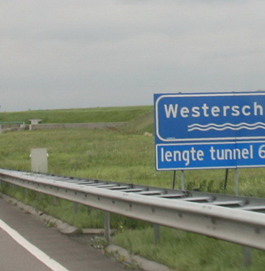Circular economy and the climate challenge
Policies from the transition agendas circular economy can give a clear, significant and additional contribution to climate policy. The net additional contribution according to UNFCCC regulations is estimated at 9.2 Mton, with a margin of uncertainty of 1.0 Mton. The 2.0 Mton that circular policies are intended to contribute according to current climate agreements are part of the calculated 9.2 Mton. This means that circular measures can potentially achieve 7.2 Mton CO2 reductions, additional to national climate policy.
The progress of transitions is important for meeting climate goals. In the linear economy, more greenhouse gases are emitted throughout the life cycle due to the extraction of raw materials and the production process than in a circular economy. The faster the transition to the circular economy increases, the more reduction of greenhouse gases. Based on our research, a difference in realized progress between the transitions can be pointed out. The Biomass/Food and Consumer Goods transition agendas are in the start-up phase and are taking steps toward scaling up. The transition agendas for Plastics and Manufacturing take a middle position. The transitions in the field of Construction (non-residential and residential construction and civil engineering) are one stage further. Here, scaling up of the approach has already begun.
The analysis shows that many of the current policies and instruments are still focused on recycling. Currently, measures aimed at the highest steps in the R-ladder are being further elaborated and concretized, which has a beneficial effect on the transition to a circular economy. Overall, it can be concluded that the current policy package is mainly focused on stimulating individual circular projects. Further scaling up of these initiatives and innovations is expected to create a snowball effect and trigger further developments.

22 July 2022
1 minute read
Key Experts
Bart Witmond
Partner
Yoeri Dijkhof
Consultant



